In what has turned out to be a controversial move, many colleges are choosing to call their campuses “safe spaces.” These schools adopt practices in order to protect victims of sexual assault, LGBT students and others who may feel vulnerable to discrimination.
Some are more stringent than others, and while Marquette’s approach seems to be more flexible, we’re definitely part of the debate.
As reported by the Wire this week, some Marquette professors choose to declare their classrooms safe spaces and encourage trigger warnings — being cautious of language used in the hope of sustaining a safe learning environment. For example, maintaining sensitivity around or even avoiding the use of the word “rape” can protect victims who may be in the class from being re-traumatized.
I like the concept. Especially as a psychology major, I think it’s very important to take students’ mental health into account and don’t believe it’s something done often enough. I appreciate the fact that someone is looking out for people who need extra support, particularly when they don’t feel supported by everyone else.
And I do maintain the belief that no one can know what’s going on in someone else’s life. Plenty of students on this campus carry around pains and insecurities that they will never disclose even to their closest friends.
In theory, it seems that the safe spaces ideology exists to protect students and create an environment where they can learn without fear of being hurt. Unsurprisingly, overwhelming research, including findings from the Center on the Developing Child at Harvard, acknowledges that fear thwarts learning. It’s hard to concentrate on academics if you feel scared, discriminated against or negatively singled out in the classroom.
In reality, however, I question whether implementing safe spaces is the best course of action.
There are a myriad of articles out there denouncing college safe spaces, and though many are a bit harsh, they do have a point. At the core of the safe spaces idea, the intentions are good. However, where do we draw the line between what makes someone feel unsafe and what makes someone feel just uncomfortable?
A New York Times op-ed titled “In College and Hiding From Scary Ideas” tells of campuses where controversial speakers were canceled and debates were shut down. In fact, Marquette Law School announced on Thursday the cancellation of a classroom discussion with Milwaukee Bucks President Peter Feigin in fear that the event would be “disrupted by the general public,” according to what university spokesman Brian Dorrington told the Milwaukee Journal Sentinel. Feigin recently called Milwaukee “the most segregated, racist place I’ve ever experienced in my life” at a speech in Madison, and although Dorrington said Marquette’s primary concern “was not security,” it felt it was best to cancel the event.
We don’t need hate speech in our universities. We don’t want people to feel threatened. But we do need controversy. We need to be exposed to things we disagree with and be uncomfortable. It is only by doing this that students can question authority, form their own views and learn what is really valuable to them.
So while it is concerning that students who have been traumatized could be triggered by a word like “rape” in class, the fact is that you can’t go through life avoiding certain words. Rape is discussed on TV, in books, in the media, in everyday conversation.
Avoidance may feel better now, but it won’t help a traumatized student lead a healthy life in the long run. If a victim has gone four years without being reminded of trauma but encounters those reminders on the first day of work in a real career, he or she may not be able to handle it.
Wouldn’t it be better to get used to hearing the word in a controlled environment, such as a class discussion, when there are free resources like the counseling center to support you if it gets difficult?
College is supposed to prepare students for the real world, and unfortunately, the real world is not always a nice place. If students are exposed — gently, here in the classroom — to ideas and practices that radically contradict their own, they will know all the better how to deal with conflict gracefully. Perhaps, instead of dodging sensitive topics, we should practice respectful, open dialogue instead.

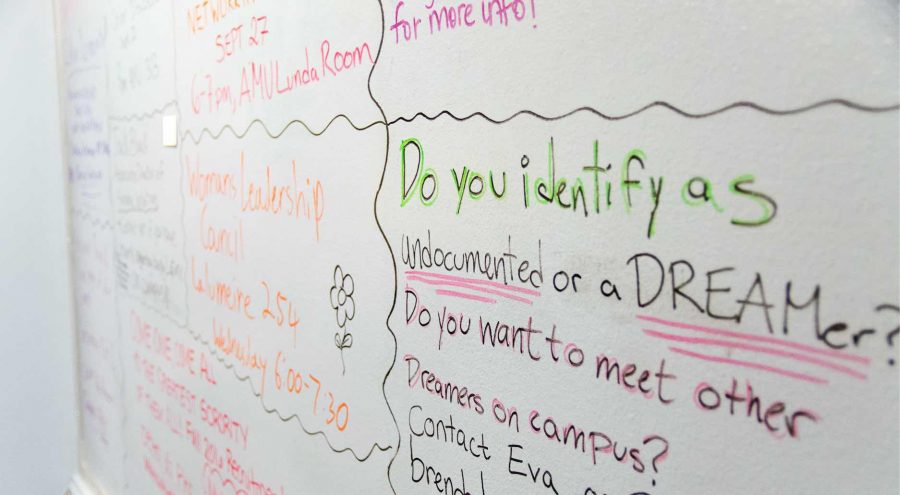
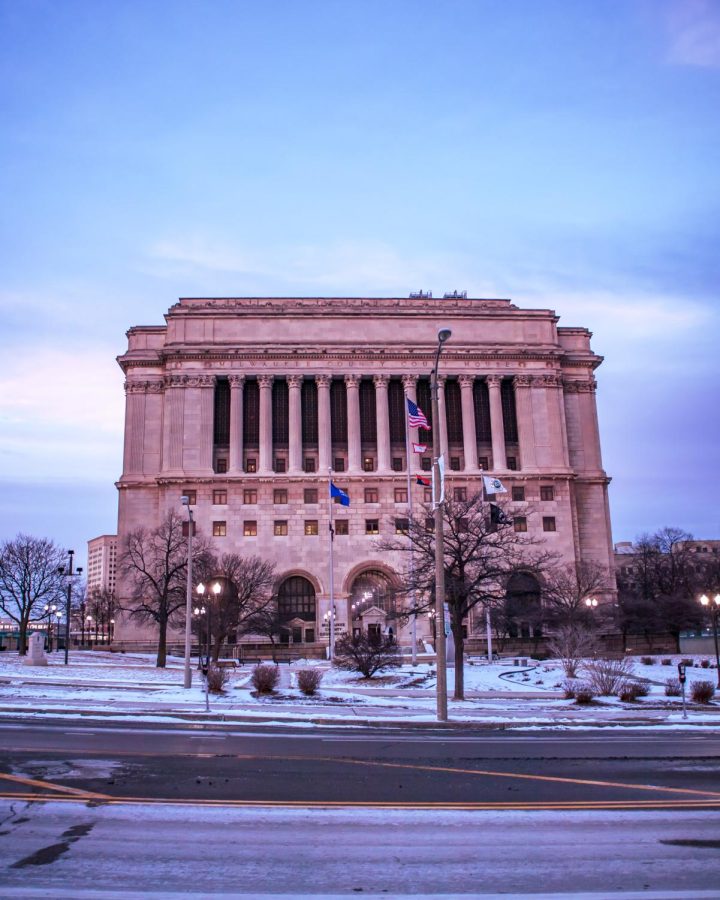
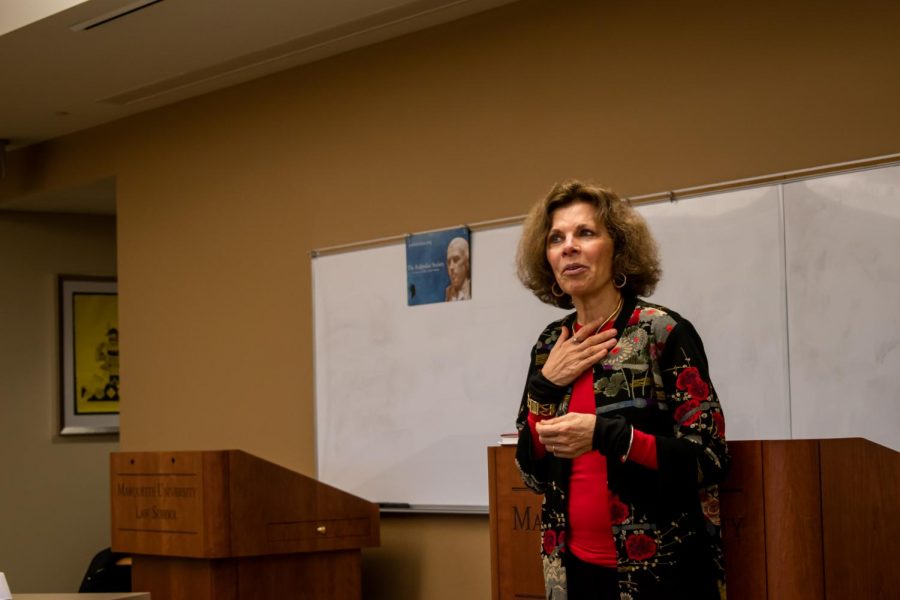

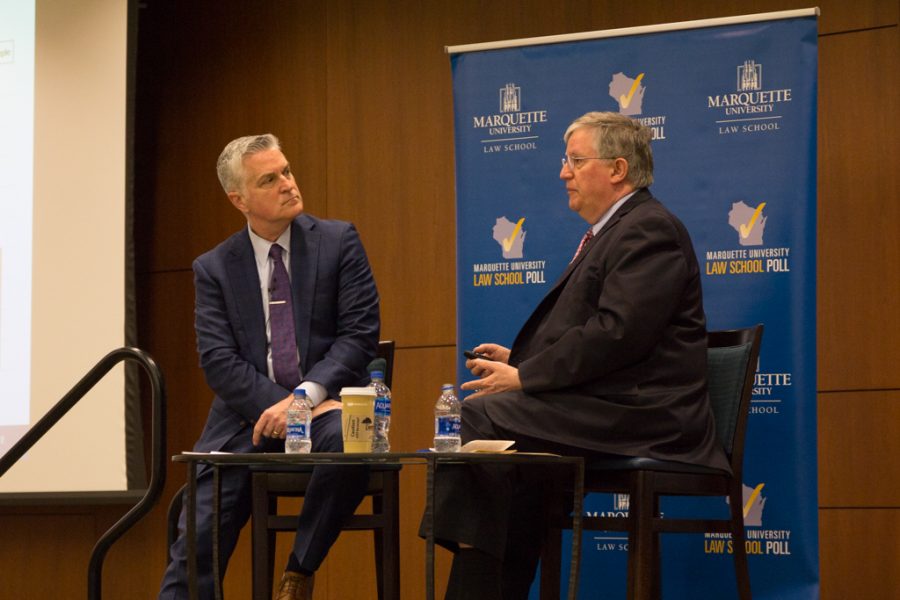

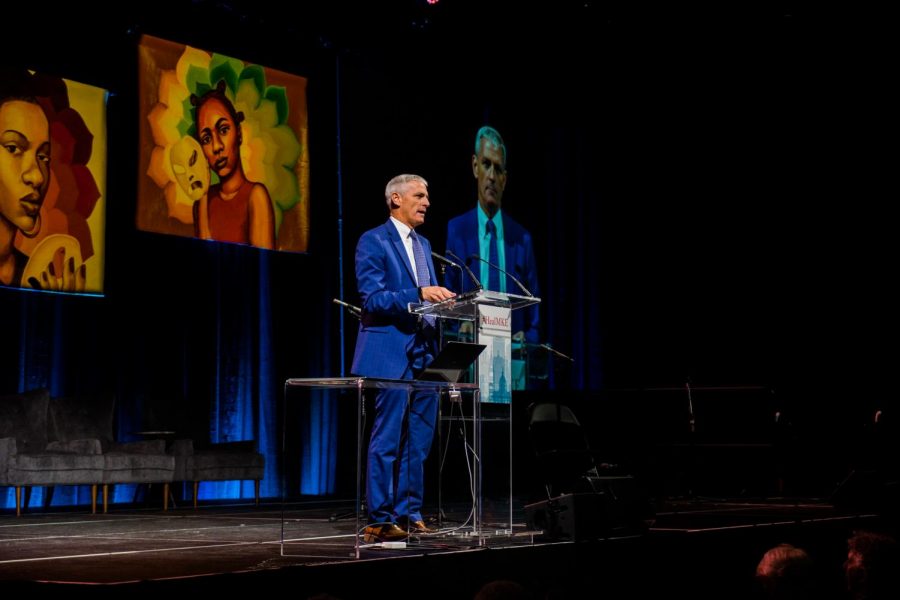
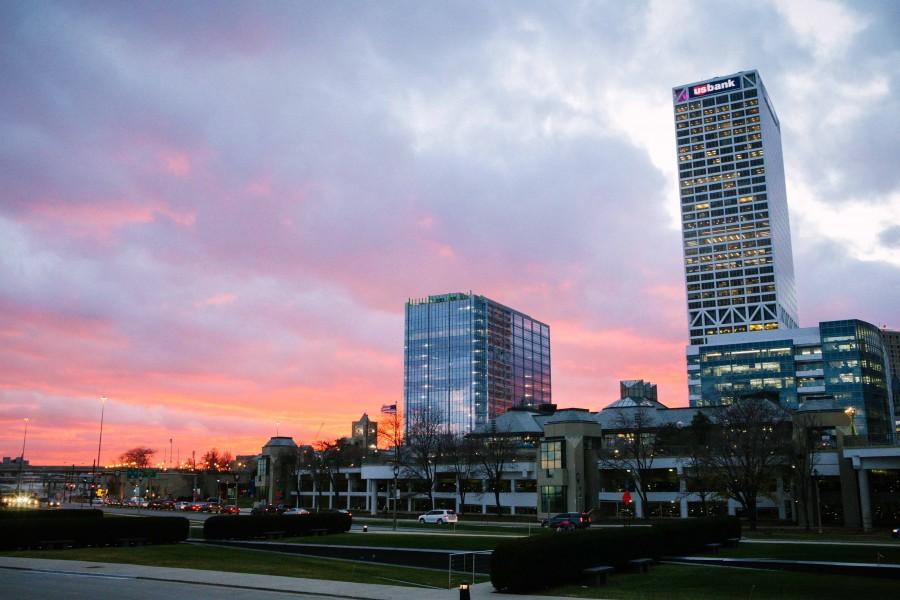
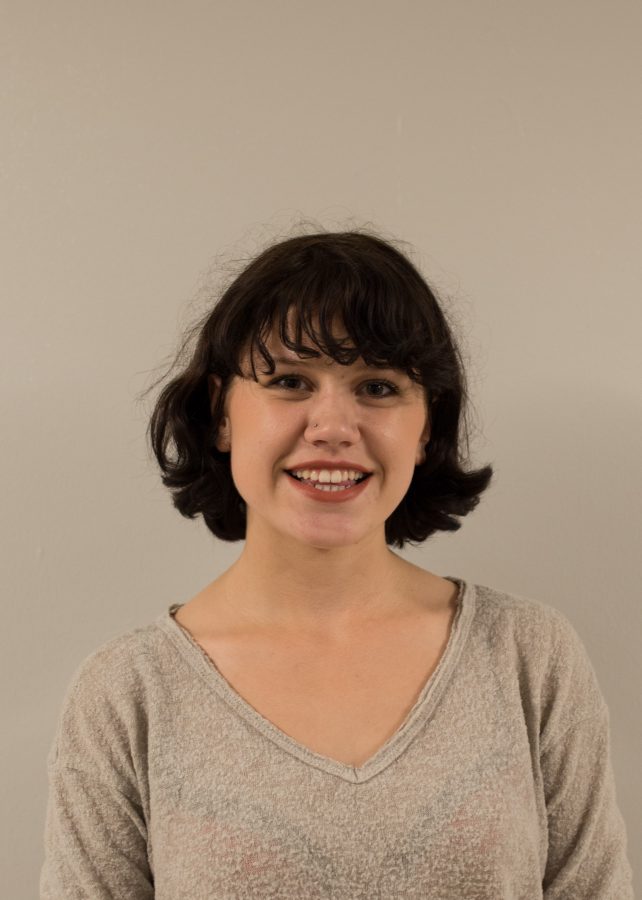
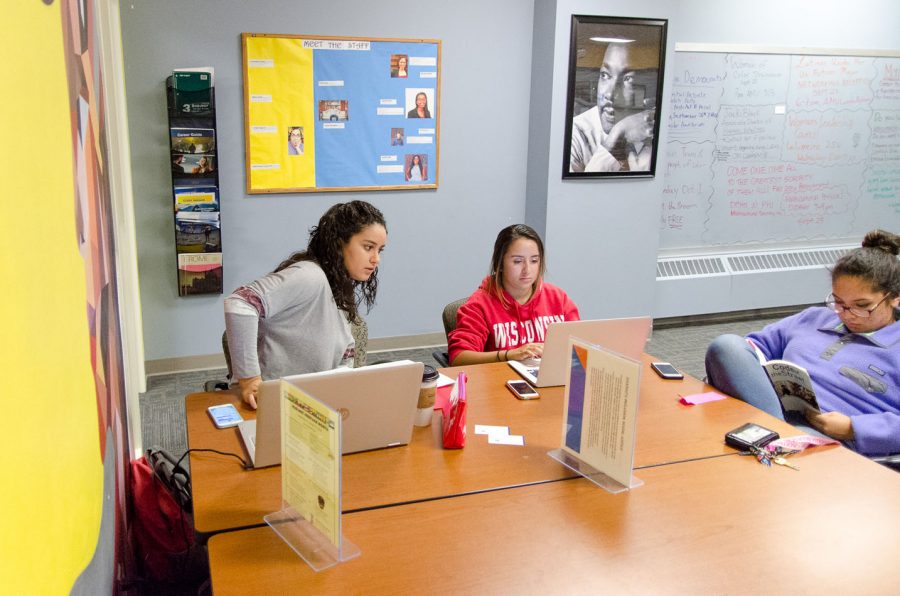
Dr. Heather Montes Ireland • Oct 11, 2016 at 6:18 pm
Unfortunately, this column does not really get to the heart of the issue of “safe space” to be able to debate its positives and negatives. Indeed, this column equates safe spaces with all sorts of things–from classrooms, cultural spaces, words, and speech, to controversial topics and speakers. To truly get to the heart of issues of safe space, we would need to FIRST define what it is we are actually talking about–say, safe spaces in classrooms, or safe spaces within student programming or housing, or etc. There is so much here that actually misrepresents the issue, but let’s start with one example in one context.
So, let’s take the classroom. When I think about safe spaces within my own classrooms and my responsibility to my students, I have never thought about particular “words” that are off-limits which will trigger seemingly emotionally-stunted students, as this columnist describes–as this is not the case at all. Rather, we as educators must ask ourselves if we are deliberately trying to re-traumatize our students in our classrooms, and if so, why? This columnist, as a self-described psych major, should well know about the complex ways in which trauma can impact the psyche, and an argument can be made just as vociferously that healing from trauma is profoundly important to the learning environment in which ALL students can thrive, not just those who have not experienced trauma and violence. We must ask ourselves: how are we creating educational environments that promote total health in our students, since students are whole-beings, not just walking/talking brains–and this has nothing to do with some students “fear of being hurt.” It has everything to do with students’ desires and needs to be treated, ultimately, as humans and not just repositories of knowledge. It has everything to do with the fact that many students do experience sexual, gender, and racial violence, and I would assert, our classrooms and campuses should not seek to perpetuate violence and further traumatize the human beings who we claim to care about, such as those in the Marquette community. As Brenda replied above, equipping students to better cope with fear, violence, and trauma has been the intention of ‘safe space’ from its inception.
The Ignatian spiritual tradition, deeply important to the Marquette community, is defined by a deep commitment to social justice and a “radical giving of oneself to others.” To me, radical giving of myself to others–particularly students–is to ensure that I approach every student, and particularly those most marginalized in our society, with a deep sense of appreciation for their journeys, their stories, and their humanity.
Nick Truog • Oct 5, 2016 at 1:33 pm
Safe spaces are made to have respectful, open dialogue. Spend time in a safe space before you criticize it.
Brenda Brambila • Oct 5, 2016 at 12:57 pm
I understand where you are coming from, but there are other topics that affect students while coming to this campus besides hearing the word “rape”. Most of the students that are part of safe spaces go there for comfort while they are surrounded in an environment that does not welcome them. They are used to confronting being “uncomfortable” the majority of the time on campus, but these safe spaces allow them to recharge and to keep going because they feel support from that space. This is teaching them that once they are in the real world, they need to stop and recharge their energy to keep being in an environment that does not welcome them. Safe spaces are not protecting them from confronting their fears, it is helping them cope with it.